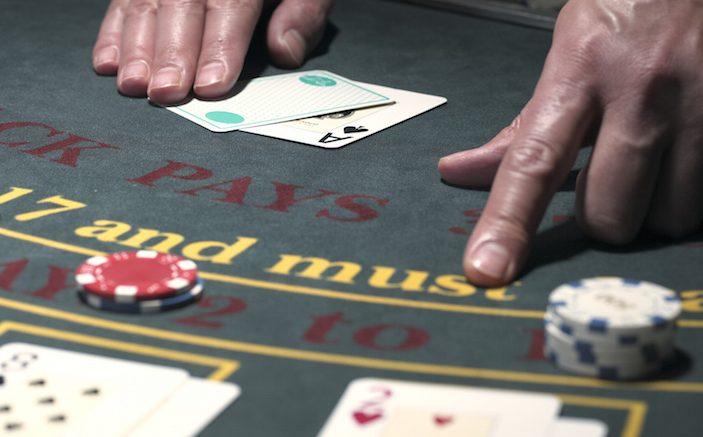Long-term investments can double if you stay disciplined
If you’ve ever played blackjack, you know that at certain times you can double down on your original bet. Unlike the table games in Vegas where it could take seconds, doubling the value of your portfolio can take many years. Recently I discussed this reality with a physician, and here’s the response:
“It just seems that 10 years to double is a long time from what I have heard even with fairly conservative management.”
Let’s examine this claim from a few perspectives and see if it’s true.
Long-term Investment Returns
First let’s look at the average annual returns of three investment classes — US stocks, international stocks, and US bonds — and also two diversified portfolios — 100% stocks/0% bonds and 50% stocks/50% bonds. I’ll use the past 20 years of data because that time frame covers many emergency physicians:
 Using the data in the chart on the right shows how long it would take to double your initial investment:
Using the data in the chart on the right shows how long it would take to double your initial investment:
You can see that almost all asset classes and portfolios took at least 10 years to double your initial investment. Even if you invested 100% in US stocks which had the highest rate of return, it would still take you almost a decade. So the idea of doubling your money even with “conservative management” in less than a decade doesn’t hold.
Effect of Various Time Periods
Doubling your money also depends on when you initially invested the money. Suppose you invested $1 million in US stocks at the beginning of 1996 versus at the beginning of 2000. Here’s how long it would take to get to $2 million:
If you were lucky and you invested your money in 1996 then it took only 3 years to double up, but if you were unlucky and started in 2000, you would’ve had to wait almost 5 times as long (15 years) — and the first 10 years from 2000-2009 was painful because you saw a net loss for that decade.
Savings Rate
While many physicians and financial advisors focus on portfolio performance (which is unpredictable) and beating the market averages through stock picking and market timing (both of which have a very low chance of success), an often ignored aspect of building wealth is the synergistic effect of savings combined with returns.
Going back to the time frame 2000 – 2015 in the above example of US stocks, let’s say you started with $1 million and then added $50,000 annually to your portfolio. Now let’s see how long it would take to double your money:
Well, it still took almost 12 years, but then you almost doubled it again a few years after that. For the entire time frame you almost quadrupled your portfolio in about 15 years. That’s assuming you had the guts to stick out the bad times — which not many investors have. Without the discipline it takes even longer to double your money.
The bottom line is that you must have realistic expectations of investment returns and the patience to capture those returns to build wealth.



